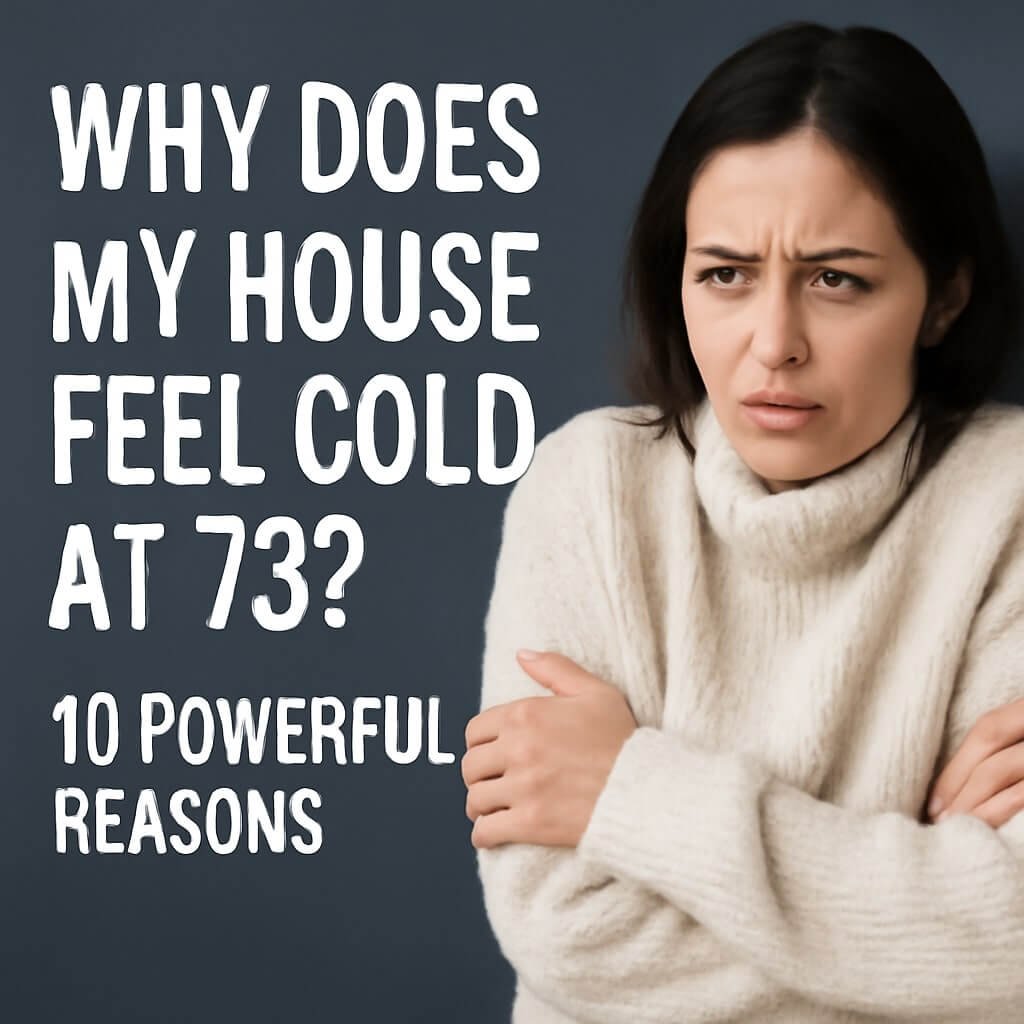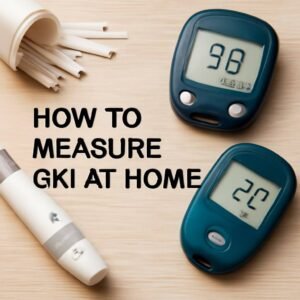When you set your thermostat to 73°F, you’d expect your home to feel comfortably warm. Yet, many people find themselves shivering or reaching for a sweater despite this seemingly ideal temperature. So, why does my house feel cold at 73? This question has puzzled homeowners and renters alike. Understanding this phenomenon involves looking at multiple factors—from insulation and airflow to humidity and even personal health.
In this comprehensive article, we’ll explore 10 powerful reasons why your house might feel cold at 73°F and offer practical solutions to help you stay cozy and comfortable.
Understanding Room Temperature and Comfort
The Science of Temperature Perception
Temperature is more than just a number on your thermostat. The way we feel warmth or cold depends on several physiological and environmental factors. For example, the same temperature can feel very different depending on humidity levels, air movement, and even the materials around you.
Your body regulates heat through skin, blood flow, and metabolism. When heat loss exceeds heat production, you feel cold, even if the thermostat says 73°F.
Common Causes of a Cold Feeling at 73 Degrees
Poor Insulation and Air Leaks
One of the most common culprits behind a cold-feeling home is poor insulation. When walls, ceilings, or floors lack proper insulation, heat escapes easily. This not only wastes energy but also creates cold spots inside the home.
Air leaks around windows, doors, or vents can cause drafts that bring in chilly air from outside, disrupting your comfort. Even small gaps can have a big impact, especially during colder months.
HVAC System Issues
Your heating, ventilation, and air conditioning (HVAC) system plays a crucial role in maintaining home comfort. If your HVAC is old, malfunctioning, or improperly sized for your space, it may struggle to maintain a steady temperature.
Dirty filters, blocked ducts, or failing components can reduce airflow and heating efficiency, causing some rooms to feel colder than others.
Humidity Levels and Their Role
Humidity affects how warm or cold air feels. Dry air tends to feel cooler because it draws moisture from your skin, increasing heat loss. Conversely, higher humidity levels can make the air feel warmer and more comfortable.
If your home’s humidity is too low, particularly in winter, it can contribute to the sensation of coldness even at 73°F.
Airflow and Ventilation
Stale, stagnant air can make rooms feel chilly. Good ventilation helps distribute heat evenly throughout your home. Poor airflow can cause temperature imbalances where some areas remain cold.
Ceiling fans, for example, can help circulate warm air trapped near the ceiling back down to living spaces.
Floor and Wall Materials
Building materials can absorb and retain heat differently. Tile or concrete floors tend to feel cold underfoot, especially in winter. Similarly, walls made of brick or stone may pull heat away from interior spaces, increasing the feeling of chilliness.
Using rugs or carpeting and adding thermal curtains can help buffer these effects.
Psychological and Physiological Factors
Personal Metabolism and Health
Everyone’s body is different. Age, metabolism, health conditions like hypothyroidism, or medication side effects can affect how warm you feel. Some people naturally run colder and may feel chilly at 73°F, while others are comfortable.
Clothing and Activity Levels
What you wear and how active you are inside your home also influence your comfort. Sitting still in light clothing can feel colder than moving around or bundling up with layers.
How to Diagnose Why Your House Feels Cold at 73
Conducting an Energy Audit
A professional energy audit is one of the best ways to identify where your home loses heat. Auditors use tools like blower doors and infrared cameras to find leaks and insulation gaps.
Testing Humidity and Air Quality
Using a hygrometer to measure humidity can reveal if dry air is making your home feel colder. Testing air quality can also identify ventilation problems.
Effective Solutions to Warm Your Home at 73
Improving Insulation
Adding or upgrading insulation in attics, walls, and floors is a long-term solution that dramatically improves comfort and energy efficiency.
Sealing Air Leaks
Weatherstripping doors and windows, sealing ductwork, and applying caulk around gaps can stop cold drafts.
HVAC Maintenance and Upgrades
Regular maintenance, including filter changes and duct cleaning, keeps your system running efficiently. Consider upgrading to a more efficient system if yours is outdated.
Managing Humidity Levels
Using humidifiers to add moisture to dry winter air can make 73°F feel much warmer.
Utilising Smart Thermostats and Sensors
Smart thermostats learn your schedule and adjust heating for optimal comfort and energy savings.
Frequently Asked Questions (FAQs)
Why does my thermostat say 73, but I still feel cold?
This can be due to drafts, poor insulation, low humidity, or uneven heating in your home.
Can humidity affect how warm my house feels?
Yes, dry air can make a room feel cooler because it increases heat loss from your skin.
How can I check for air leaks in my home?
You can look for drafts near windows and doors or hire a professional to conduct an energy audit.
Is 73°F a good temperature to set for comfort?
Generally, 73°F is comfortable for many, but individual preferences vary. Factors like clothing, activity, and humidity also play roles.
Can ceiling fans help make a room feel warmer?
Yes, running ceiling fans in reverse helps push warm air down, improving comfort.
When should I consider upgrading my HVAC system?
If your system is old, inefficient, or unable to maintain a consistent temperature, an upgrade may be beneficial.
Conclusion: Stay Warm and Comfortable at 73
Feeling cold at 73°F can be frustrating, but it’s often due to factors beyond just thermostat settings. From insulation and airflow to humidity and personal health, many elements impact your home’s comfort. By diagnosing the root causes and applying the right solutions—whether sealing air leaks, boosting humidity, or maintaining your HVAC you can turn your chilly house into a cozy sanctuary.













